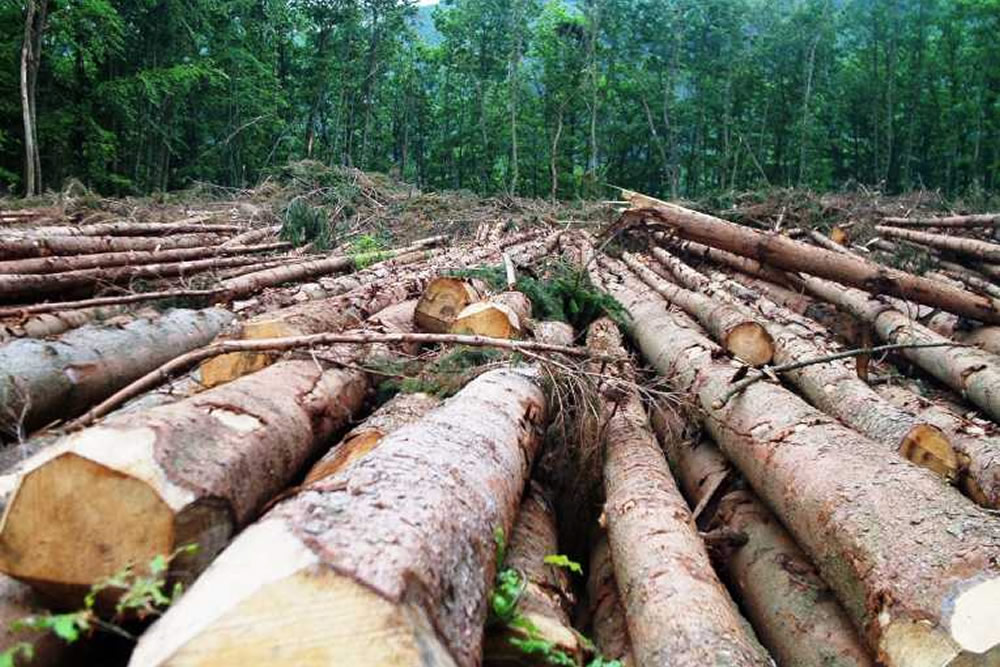
Industry News
Ghana has a land area of 238,500 km 2 made up of two (2) broad ecological zones namely a high forest zone covering much of the southern third of the country (34%) and a savannah zone covering two thirds of the considerably drier northern Ghana (66%).
The agriculture sector which includes forestry is the largest contributor to GDP whilst forestry alone contributes an estimated 4%.
The key government institutions in the sector are the following:
- Ministry of Lands, Forestry and Mines (MLFM): responsible for policy direction and monitoring of programmes towards achieving national goals
- Forestry Commission (FC): responsible for advising the sector Minister on policies to regulate the management and utilization of forest and wildlife resources
- Forestry Research Institute of Ghana (FORIG): responsible for undertaking research and development activities towards solving problems relating to the forestry sector
The private institutions or entities consist of land owners, communities, clans and individuals on whose behalf the government manages the forest and wildlife resources. Others are the logging companies that operate timber concessions to supply raw materials to sawmills, and other wood processing companies that convert the timber into secondary products mainly for the export markets.
Economic Importance of Forestry Sector
- The formal forestry sector employs about 120,000 Ghanaians with employment pre-dominantly in log processing industry. The timber industry is the fourth largest foreign exchange earner after minerals, cocoa and oil exports. Primary wood and processed products account for 89% and 11% of timber exports respectively.
The formal forestry sector consisting of around 200 timber processing mills is export oriented. For example the total exports of timber products in September 2012 amounted to €7,536,507.29 representing about 13% decrease from the €8,637,092.59 earned from exports in August 2012. Additionally only around 15% of the domestic market was supplied by the formal sector.
- The informal forestry sector, mainly chain saw milling is almost equal in size to the formal sector in terms of employment and production and also provides the bulk of the supply (85%) for the domestic market, with estimated volume of around 0.5 million m3 and market value of around GHC 280 million. It also provides employment for around 130,000 people and livelihood for 650,000 people and is the source of considerable revenue to the mostly urban financiers of their operations (Marfo, 2010)
